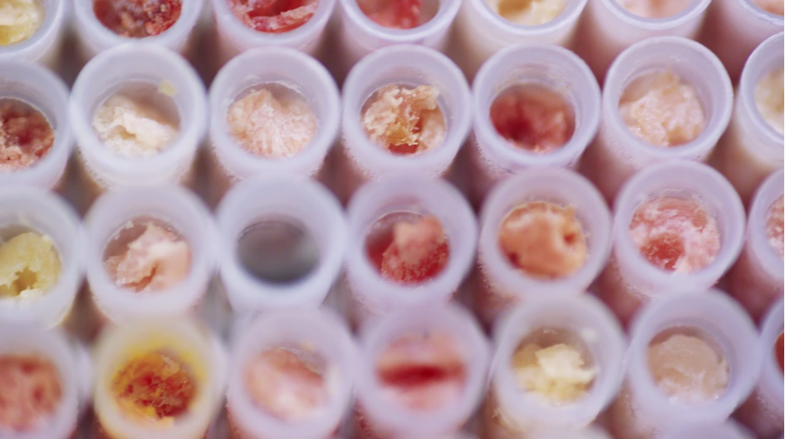A Genetic Database Will Identify What’s Really In Our Food
Startup Clear Labs is scanning food products to identify just what's in them


Clear Labs is compiling a comprehensive database of the DNA found in food.
It’s hard to know what’s in your food. While some people find it scary to read the labels on processed foods, it’s scarier to know that these labels can sometimes be inaccurate, if an unrecorded ingredient was added somewhere in the manufacturing process. Startup Clear Labs wants to use genetic analysis change that; yesterday the company announced that it is rolling out a database of the genetic signatures of food, called Clear View.
“The idea was to bring a new kind of transparency to the food industry,” says Mahni Ghorashi, the Chief Marketing Officer and cofounder of Clear Labs. Since the company’s inception in 2014, its researchers have been conducting genetic sequencing on a huge range of food products and compiling them into a database. Now that the company has launched, it plans to make the database available to food manufacturers so they can better understand the raw ingredients that go into their products, and help alert retailers selling that food if labels are inaccurate or if the food is contaminated.
If a retailer or manufacturer wants to know more about a particular food, the company can ship a sample to Clear Labs or an associated third-party lab, where researchers perform next-generation sequencing on the sample. The researchers sequence all the DNA found in the sample and compare them to what’s in the database, which contains information from the company’s previous tests and other open source genetic databases through the NIH. That could help companies identify gluten in foods that are labeled gluten-free, for example, or even disease-causing bacteria before the product even reaches a customer.
Say, for example, you’re the purveyor of a health food store and you suspect that the cilantro you’re thinking of selling might be a genetically modified strain. Your customers would probably want to know that. So you send a sample to Clear Labs, which compares the sample’s DNA to that of the cilantro already in the database. And if the researchers happen to find some E. coli bacteria in the sample, they can warn of you of that, too, so that you can pull it from the shelves before anyone gets sick.
The Clear Labs founders claim that, at the end of the day, customers benefit because companies will label their products more accurately and they can be more confident in the quality of their food. And at a time when people are uncertain about what’s going into their foods and demand better labeling, that may be true. But if consumers don’t have direct access to this information, they are still relying on food manufacturers to be honest about what’s in their products, and that reliance is exactly what got us to this current place of mistrust.
The Clear View database also doesn’t include information about synthetic chemicals and hormones, some of the components in food that are most distressing to consumers. “DNA is a universal alphabet that can be applied to any item that you test,” says Sasan Amini, the CEO and co-founder of Clear Labs. “But there are things about food quality that not encompassed by DNA, like pesticides in food, hormones, and antibiotics. We are starting to look at non-DNA tests,” he says; presumably Clear Labs may incorporate that information in a future iteration.
Clear Labs is unlikely to be the silver bullet for the many ailments of the food industry. But systematically analyzing the genes found in our foods—and compiling a comprehensive database—may be just the kind of push the food industry needs to become more transparent. And maybe, slowly, the benefits of more accurate labels and purer ingredients will trickle down to consumers, too.

Food samples in the Clear Labs facility